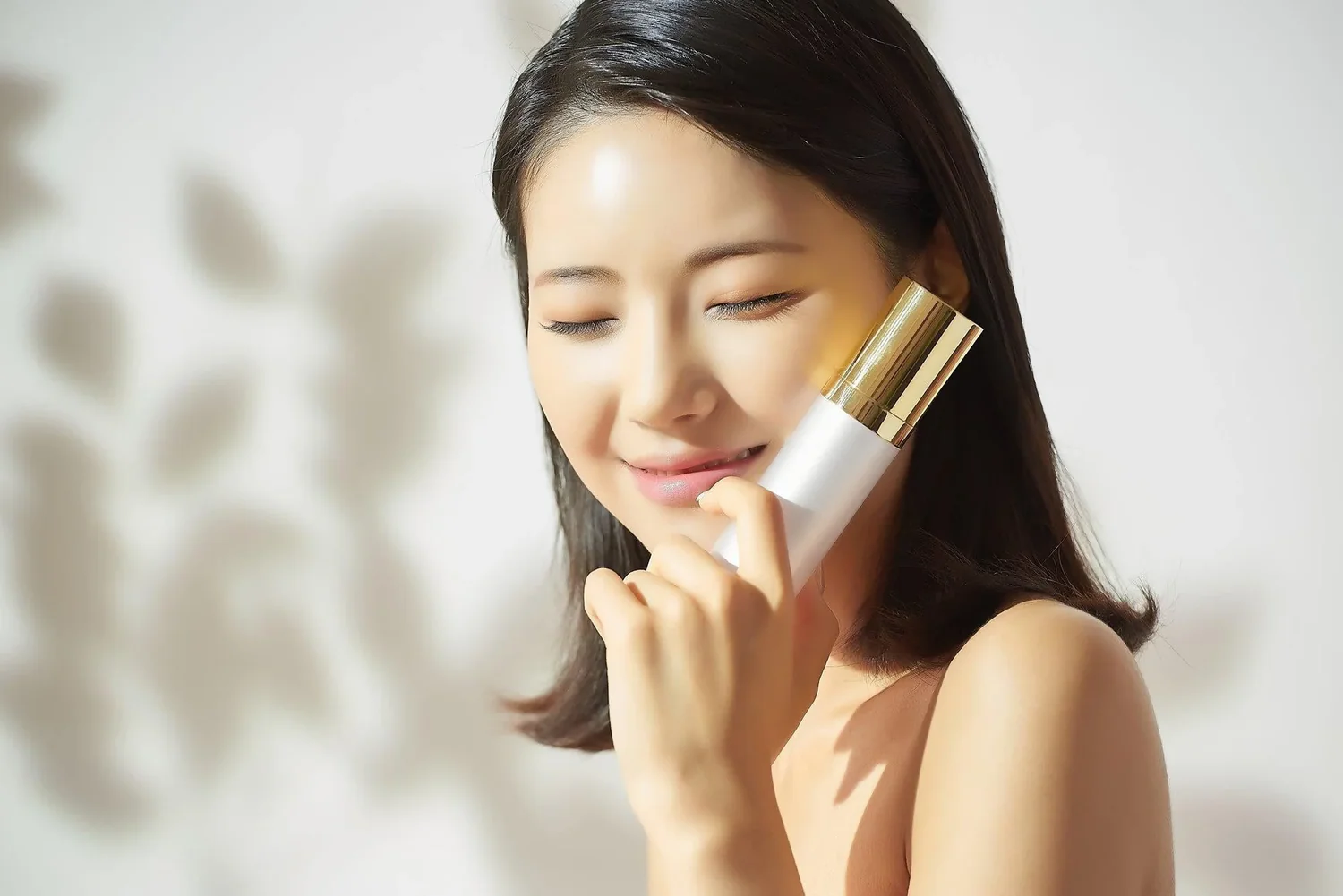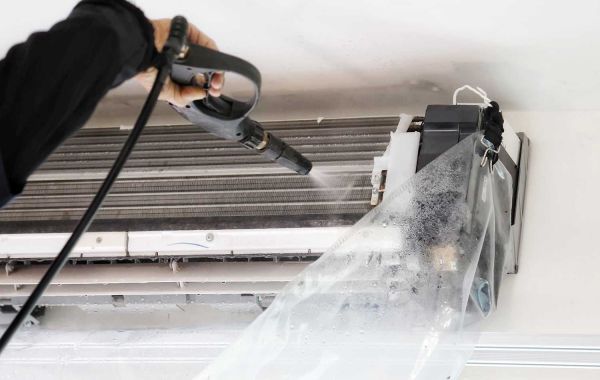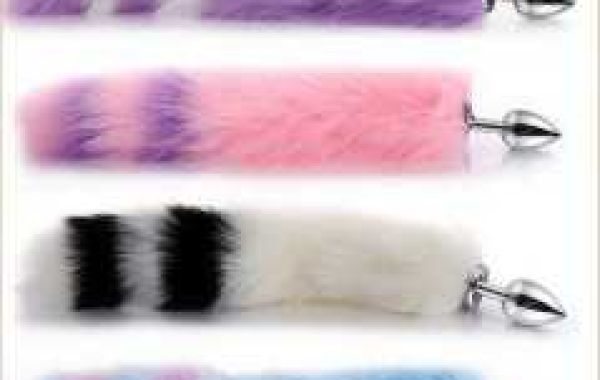In the ever-evolving world of beauty, South Korea and Japan are consistently at the helm when it comes to innovation and skincare perfection. Both countries have created cults around their unique routines, ingredients, and principles. But as soon as that age-old question—Japanese or Korean skincare routine, what really works better? —pops up, the answer isn't so straightforward. To make it simpler for you to choose, let's examine both in detail, demystifying them by philosophy, steps, ingredients, skin goals, and product availability.

Along the way, we'll discover which approach may be best for your skin type, lifestyle, and final goals.
1. Philosophy Behind Japanese and Korean Skincare
One of the most dramatic differences between the Korean vs Japanese skincare controversy is how each culture perceives beauty and skin health. Japanese skin care is tradition-based and is more preventative, balanced, and simple. It is more about skincare as compared to a quick fix. Just like the Japanese sleep on the floor on futons for posture and overall health, their skin care is concerning overall health over a span of time rather than a quick fix.
The focus is on preserving the natural integrity of the skin with gentle, time-tested ingredients that have been passed down through generations.
Korean skincare, however, is style-driven and is based on innovation. Instant radiance and future glow are promoted through hydration and active treatments. Layering Korean skincare products—ampoules, essences, serums, and moisturizers—is the key to attaining enhanced absorption and effects. K-beauty is also personalized in nature, with consumers customizing and mixing products to meet their own skin needs. Japanese skin care celebrates timeless elegance, while Korean skincare reflects experimental innovation and cutting-edge formulas.
2. Basic Steps: Simple vs Multi-Staged
Japanese skin care is compared to that of Korea with the steps involved and the levels of complexity differing greatly.
Japanese skincare routine is simple and normally involves:
Oil Cleanser: Breaks up makeup, debris, and sunblock without depriving the skin of its moisture.
Foaming Cleanser: Gently washes deep pores of the skin.
Softener or Lotion: Opens skin up for higher absorption of the serum.
Essence or Serum: Treats particular concerns like dullness or aging.
Moisturizer and SPF: Locks in moisture and protects against UV harm.
Japanese skin care is quick and straightforward and is best suited for hectic routines or sensitive skin. The intent is to benefit skin health without overworking it.
The Korean skin care system, however, can be up to 10 steps:
Oil Cleanser
Water-Based Cleanser
Exfoliator (2–3 times a week)
Toner
Essence
Serum or Ampoule
Sheet Mask (optional)
Eye Cream
Moisturizer
Sunscreen (day) or Sleeping Pack (night)
The multi-step, layered Korean skin care routine is formulated to pack the skin with treatment and moisture from the lightest to the richest products. It's ideal for those who enjoy pampering themselves and treating skincare as a daily spa experience.
3. Key Ingredients: Ancient Naturals vs High-Tech Formulas
Both routines believe in high-quality ingredients, but their choices are based on their cultural background.
Japanese skin care features natural and fermented ingredients with proven success. Rice bran, green tea, algae, and camellia oil are all utilized due to their antioxidant and anti-inflammatory properties. Sake ferment is also found in most of the best Japanese beauty products, which brighten the skin and improve elasticity. These calming ingredients make Japanese skin products especially well-suited for mature, dry, or sensitive skin. Conversely, Korean skincare compared to Japanese skincare tends to bring trendy and innovative actives to the table. Take snail mucin for repair, centella asiatica for soothing, bee propolis for barrier support, and hyaluronic acid for serious hydration. K-beauty does not hold back in going out on a limb, and because it consistently innovates, many think it is years ahead of Western skincare.
If you suffer from acne, dullness, or dry skin, the evolving formulas in Korean skincare can deliver quicker visible results.
4. Skincare Goals: Balance vs Glow
What are you hoping to achieve from your skin care routine? Understanding the skin goals behind each approach can help inform your decision.
The Japanese skin care routine is such that it balances skin, makes it healthy and resistant. Fineness, cleanness, and natural appearance instead of shine or glow isn't the ultimate goal. Japan skins adores matte and fine appearances only.
The Korean skin care routine, however, aims for "glass skin"—shiny, pore-less, very dewy, and light-emitting-appearing skin. Korean beauty by repetition of hydration, exfoliating, and actives creates light-emitting-appearing skin effortlessly, glowing, and mirror-like to reflect.

If what you're after is anti-aging, firmness, and healthy skin that lasts, then Japanese skincare may be more effective for you. If you are worried about moisture, plumping, and radiance, there is a great range of products in Korean skincare to specifically meet your needs for these.
5. Product Packaging and Design
Far less crucial than ingredients but still part of the user experience, packaging helps.
Japanese cosmetics have primarily followed plain, minimalist, and functional packaging. Simple design reflects the concepts of functionality and simplicity. They are predominantly free from fragrance and gentle to the skin.
A stark contrast exists to the fact that K-beauty is renowned for its trendy and often weird packaging. Ranging from panda-shaped eye creams to holographic sheet masks, the cheerful nature of K-beauty packaging attracts youth buyers and encourages trial.
This is a surface distinction, but it may influence whether or not you enjoy using the product on a day-to-day basis. If looks are your thing, K-beauty will be more exciting. If you like sophistication and less mess, J-beauty is likely your thing.
6. Accessibility and Best Products
Both routines are increasingly accessible all over the world, especially online.
Now Japanese skin care products in India on large e-commerce websites as well as beauty stores. Companies such as Hada Labo, DHC, and Shiseido are widely recommended and among the best of Japanese skin care products. They have anything ranging from hydrating lotions to highly-rated sunscreens that are effective without being harsh.
For Korean products, websites like Nykaa, YesStyle, and more offer wide ranges. You get cult-favourites from COSRX, Innisfree, Laneige, and Dr. Jart. These offer tested-and-proven solutions for every skin problem, from blackheads to pigmentation.
If you're looking for the top Japanese cosmetics, try rice extract serums or green tea masks. For Korean skin care routine essentials, sheet masks, snail essence, and sleeping packs are a great starting point.
7. Which One Is Best for You?
Ultimately, the choice between Japanese and Korean skin care routine will be yours alone, based on your own skincare needs, preferences, and lifestyle. Here's a brief summary by skin type:
Dry or dehydrated skin: Go for Korean skincare—the layering of hydration is absolute magic.
Sensitive or reactive skin: Go for Japanese skincare—less actives and simpler formulas reduce irritation.
Acne-prone or oily skin: Korean products offer excellent exfoliants and targeted treatments.
Aging or mature skin: Both routines work—Japanese skincare offers fermented antioxidants; Korean skincare offers collagen-boosting actives.
Most users prefer to combine the two. You can use a Japanese oil cleanser to cleanse, a Korean hydrating essence, and then a Japanese moisturizer. Having a hybrid routine gives you the best of both worlds.
Final Thoughts
So does Korean or Japanese skincare truly emerge victorious? No simple answer exists. Both give intensely nourishing treatments grounded in centuries-old traditions and cutting-edge technology. Ultimately, it is about knowing yourself and experimenting with what works for you.

Whether you’re drawn to the time-tested traditions of Japanese skin care routine or the trend-forward glow of Korean skincare, remember that consistency is the most important ingredient. A thoughtful routine—whether it has 5 steps or 10—will always outperform sporadic skincare. So go ahead and play. Splash into Japanese facial care products, use a Korean routine, or get a fusion tailored to your own needs. Your perfect regimen can be the integration of Tokyo beauty and Seoul creativity.








